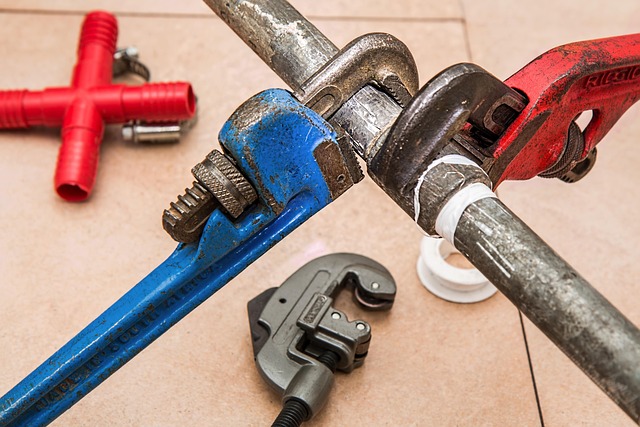Pipe Leak Detection Tips: Spotting Signs Early to Prevent Damage.
Unusual noises, mold growth, water stains, and unexpected bill spikes are key indicators of pipe leaks. Regularly inspect pipes for damage and corrosion to catch issues early. Differentiate between water damage from leaks and condensation to address each problem effectively. Prompt action on leak signs prevents extensive water damage and costly repairs.
Pipe leaks and condensation are common home issues that often go unnoticed until significant damage occurs. Understanding these problems is crucial for timely repair and prevention. This article guides you through the process of identifying pipe leaks, distinguishing them from condensation, and offers effective leak detection tips using tools like moisture meters and thermal imaging cameras. By understanding these differences, homeowners can take proactive measures to protect their properties.
- Understanding Pipe Leaks: Signs and Symptoms
- – Identifying common indicators of pipe leaks
- – Differentiating between water damage and condensation
Understanding Pipe Leaks: Signs and Symptoms

Pipe leaks can often go unnoticed, especially if they’re small or hidden within walls and ceilings. However, understanding the signs and symptoms is crucial for prompt detection. Keep an eye out for unusual noises like dripping water or persistent wet spots that don’t seem to be connected to your appliances or recent renovations. Walls or ceilings that develop mold or stains without apparent causes could indicate a leak somewhere in your plumbing system.
Regular checks around fixtures, such as sinks and toilets, are essential pipe leak detection tips. Pay attention to any signs of water damage or discolored areas on your pipes. Also, be vigilant for sudden increases in water bills that don’t align with usage patterns—this could point towards a hidden leak. If you notice any of these symptoms, it’s time to investigate further to prevent further damage and costly repairs.
– Identifying common indicators of pipe leaks

Identifying a pipe leak can be straightforward if you know what to look for. One of the most common indicators is an abnormal sound coming from your pipes, such as banging or dripping noises. This could suggest that water is escaping due to damage or corrosion in the plumbing system. Another visible sign is water stains on walls, ceilings, or floors, especially near fixtures like sinks or toilets. If you notice mold or mildew growth in unexpected areas, it might indicate persistent moisture issues caused by leaks.
To aid in pipe leak detection tips, checking for sudden increases in your water bill without apparent reasons is advisable. Also, keep an eye out for low water pressure throughout your home, as this could be a sign of leaks within the pipes. Regularly inspecting pipes and fittings for any signs of damage, corrosion, or unusual accumulations can help you identify potential problems early on, minimizing the risk of extensive water damage.
– Differentiating between water damage and condensation

Water damage and condensation are often mistaken for one another, but understanding the root cause is crucial for effective remediation. One key distinction lies in the source of moisture. A pipe leak typically indicates a broken or faulty pipeline within your home’s plumbing system. These leaks can go unnoticed for extended periods, leading to substantial water damage over time. Look out for signs like persistent wetness, mold growth, or musty odours in specific areas, especially under sinks or around walls with pipes.
On the other hand, condensation is a natural by-product of temperature variations and humidity within your home. It occurs when warm, moist air comes into contact with cooler surfaces, causing water vapour to condense into liquid droplets. Condensation often appears as misty or watery marks on windows, walls, or ceilings during warmer months. Unlike pipe leaks, it doesn’t usually result in persistent water accumulation and is more of a temporary phenomenon. However, prolonged exposure to high humidity can exacerbate condensation issues, leading to potential damage over time if left unaddressed.
Knowing the difference between a pipe leak and condensation is crucial for effective home maintenance. By understanding the unique signs and symptoms outlined in this article, you can swiftly identify the source of any water-related issues. With these practical Pipe Leak Detection Tips, you’re equipped to differentiate between water damage caused by leaks and harmless condensation, enabling prompt and informed action to protect your property.
